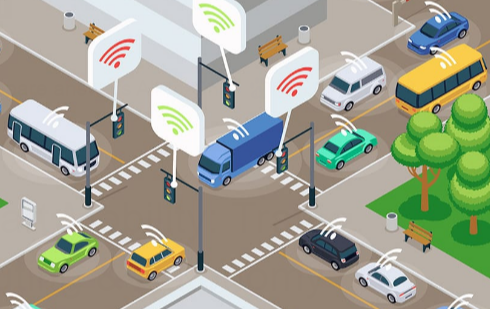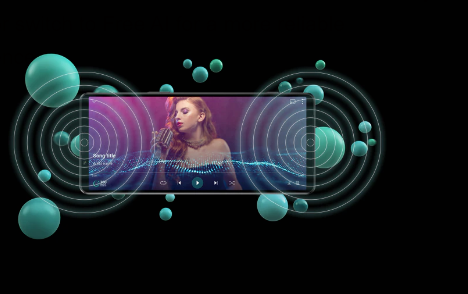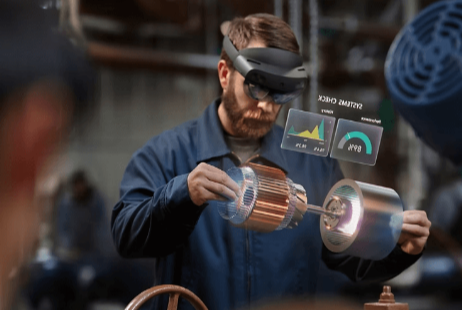Spatial Commerce: Shopping in 3D Spaces
Spatial commerce represents a significant evolution in retail dynamics. By integrating 3D environments with interactive technology, it fundamentally alters consumer interactions with products and brands. This shift fosters enhanced engagement and emotional connections, prompting retailers to rethink traditional marketing strategies. As virtual reality technology becomes increasingly accessible, the implications for consumer behavior and retail models warrant further exploration. What strategies will emerge as businesses adapt to this transformative landscape?
Understanding Spatial Commerce
While technology continues to evolve, the concept of spatial commerce emerges as a transformative force within the retail landscape.
This innovative framework integrates virtual marketplaces with immersive experiences, allowing consumers to engage in three-dimensional shopping environments.
The Impact on Consumer Behavior
As spatial commerce continues to redefine the shopping experience, its influence on consumer behavior becomes increasingly evident.
Immersive experiences significantly enhance engagement, altering purchase motivations by fostering emotional connections with products.
Data indicates that consumers are more likely to make spontaneous purchases in these 3D environments, driven by the interactive nature of spatial commerce, which empowers individuals to explore and connect with brands more freely.
Read also: Smart Retail: AI, AR & Physical Stores Converging
The Future of Retail in 3D Environments
The evolution of retail in 3D environments promises to transform traditional shopping paradigms, leveraging advancements in technology to create immersive experiences that resonate with consumers.
As virtual reality becomes increasingly accessible, retailers can harness this tool to enhance customer engagement, personalize experiences, and streamline purchasing processes.
This shift not only redefines consumer interaction but also paves the way for innovative business models in the retail landscape.
Conclusion
In the ever-evolving landscape of retail, spatial commerce emerges as a delightful transformation that invites consumers to explore shopping in immersive three-dimensional realms. By weaving together the threads of technology and creativity, this innovative approach nurtures deeper connections between brands and shoppers. As the horizons of retail expand, the future promises a tapestry of personalized experiences, where spontaneity flourishes and traditional boundaries gently fade, ushering in a new era of consumer engagement and business opportunities.





